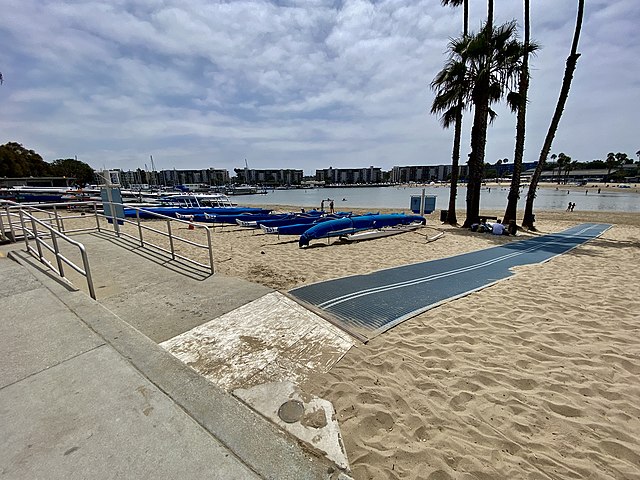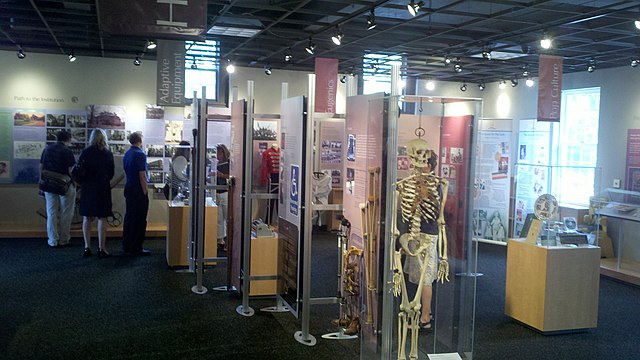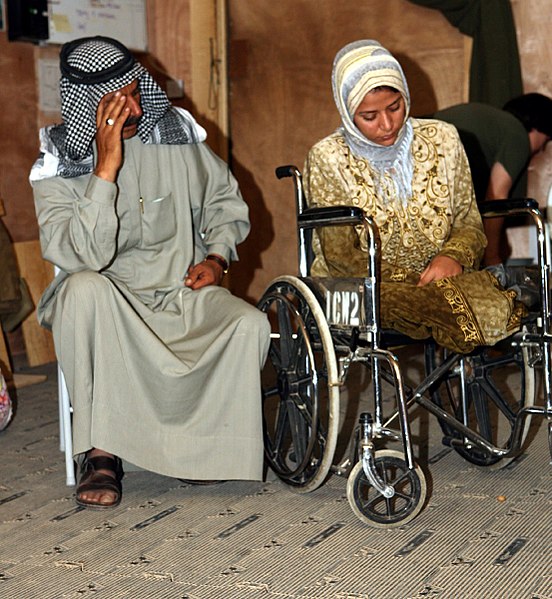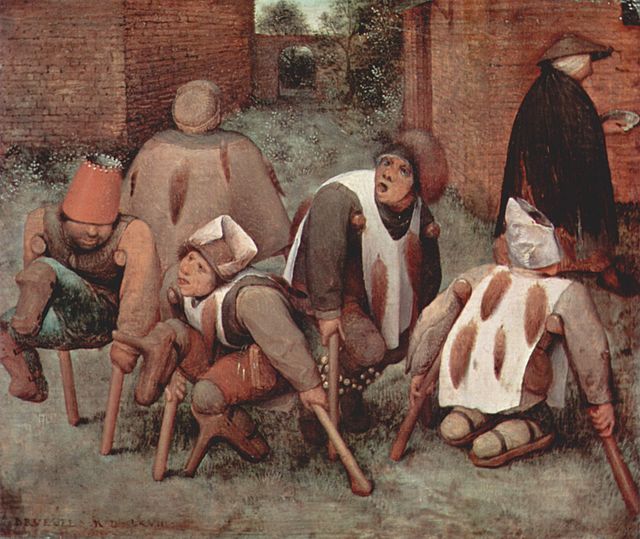Accessibility is the design of products, devices, services, vehicles, or environments so as to be usable by people with disabilities. The concept of accessible design and practice of accessible development ensures both "direct access" and "indirect access" meaning compatibility with a person's assistive technology.
The public transport system in Curitiba, Brazil, offers universal access.
Beach accessibility: ramp and mobi-mat enable wheelchair users to visit a sandy seashore.
This opportunity fair in Birmingham, West Midlands, was organised to help people with disabilities and their carers find out what services, support and opportunities are available to them.
William P. Milton Jr., Deputy Director of the Office of Human Resource Management, outlined the 'Four Simple Steps to Hiring Qualified Candidates with Disabilities' to employees of the U.S. Department of Agriculture during a 2011 National Disability Employment Awareness Month event in Washington, D.C.
Disability is the experience of any condition that makes it more difficult for a person to do certain activities or have equitable access within a given society. Disabilities may be cognitive, developmental, intellectual, mental, physical, sensory, or a combination of multiple factors. Disabilities can be present from birth or can be acquired during a person's lifetime. Historically, disabilities have only been recognized based on a narrow set of criteria—however, disabilities are not binary and can be present in unique characteristics depending on the individual. A disability may be readily visible, or invisible in nature.
A sign in Taiwan showing a wheelchair accessibility ramp.
Museum of disABILITY History, Buffalo, New York
A 28-year-old Iraqi woman who lost both of her legs during the Iraq War in 2005
The Cripples, Pieter Bruegel, 1568








